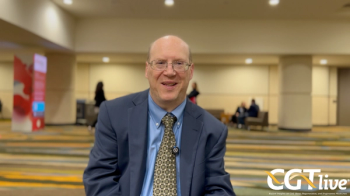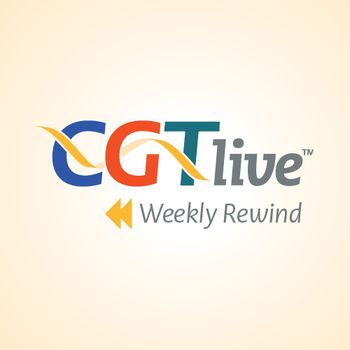
John Brandsema, MD, on Potential Upcoming Treatments for Duchenne Muscular Dystrophy
The pediatric neurologist in the Division of Neurology at Children’s Hospital of Philadelphia discussed several still-investigational drugs and therapies for DMD.
“The bottom line is that we don't think that we are done at all in terms of the approach to this disease. There's much work still to be done in optimizing care and many research trials ongoing because we want to do the best we can for impacting this disease.”
A seminal moment for the treatment of Duchenne muscular dystrophy (DMD) occurred in June 2023 when the FDA approved Sarepta Therapeutics’ delandistrogene moxeparvovec-rokl (marketed as Elevidys), an adeno-associated virus (AAV) vector-based gene therapy, for use in the treatment of the disorder. Although an important step forward that gets at the root cause of the disease, it is not a perfect treatment nor is it curative. As such, many companies and academic institutions are continuing to develop and evaluate new investigational products for DMD that may help to provide better efficacy and safety for some patients, or otherwise address remaining needs that are unmet by Elevidys.
CGTLive® recently asked John Brandsema, MD, a pediatric neurologist in the Division of Neurology at Children’s Hospital of Philadelphia, whether there are any noteworthy therapeutic candidates for DMD still in development now that may be promising for the future. Brandsema discussed the potential of several new exon-skipping therapies, small molecule drugs like sevasemten, mesenchymal stem cell therapies, and new gene transfer approaches that encode different versions of microdystrophin and/or different AAV capsids. In particular, he noted that these alternative gene transfer therapies may allow for the treatment of patients who would not be eligible to receive Elevidys.
In addition, Brandsema spoke about the importance of establishing standardized newborn screening practices for DMD. He stressed that such practices are useful because earlier treatment, before the disease has caused much deterioration of muscle, is more likely to provide better outcomes. Although, he also pointed out that the optimal timing for different treatments and/or combination therapies is not yet known and more observation is needed.
Newsletter
Stay at the forefront of cutting-edge science with CGT—your direct line to expert insights, breakthrough data, and real-time coverage of the latest advancements in cell and gene therapy.

















































